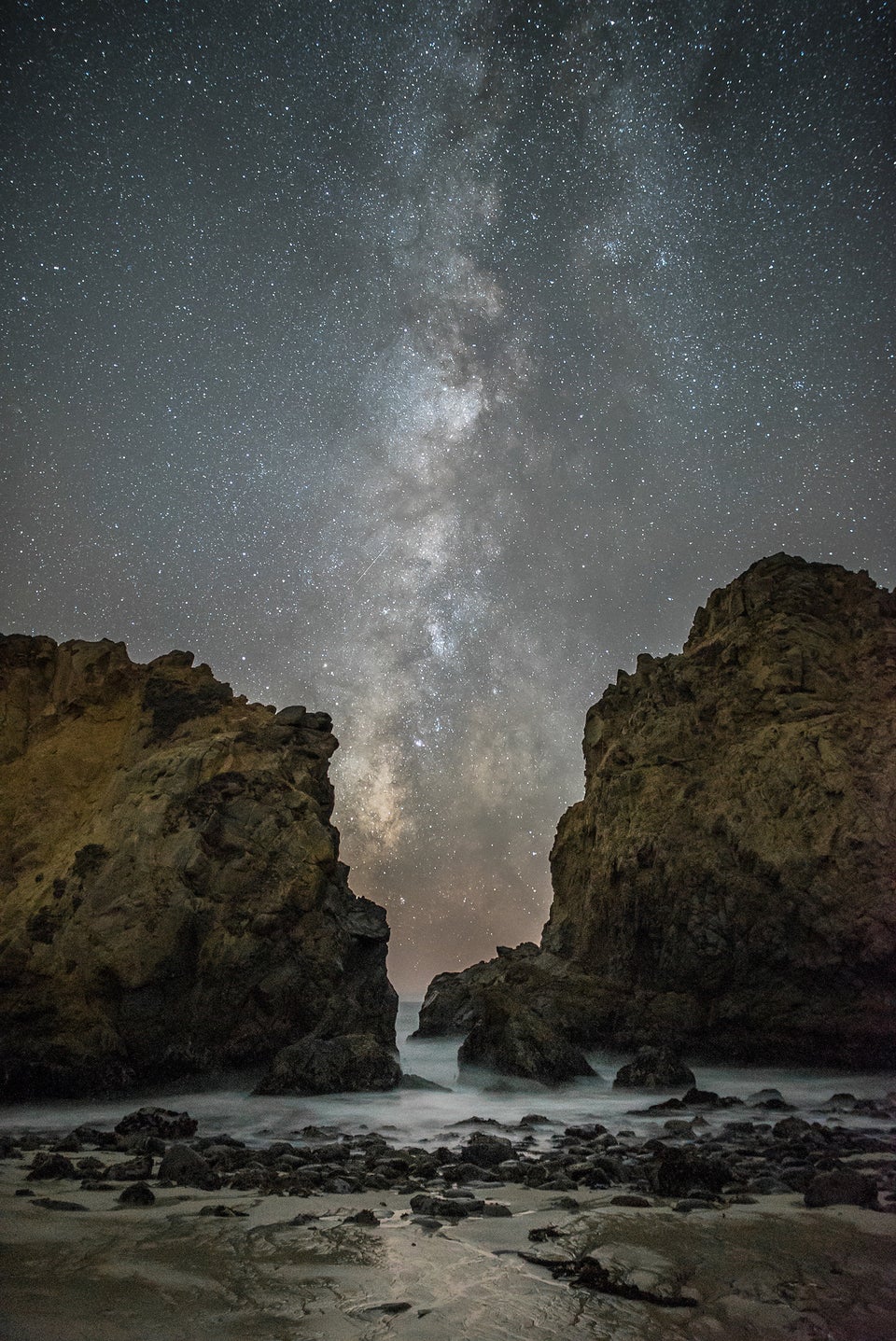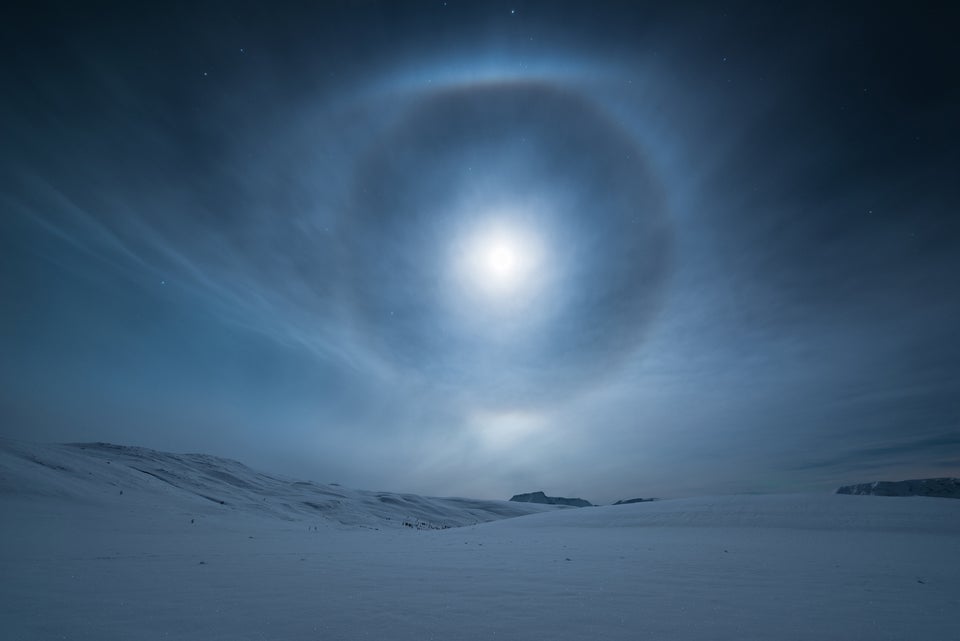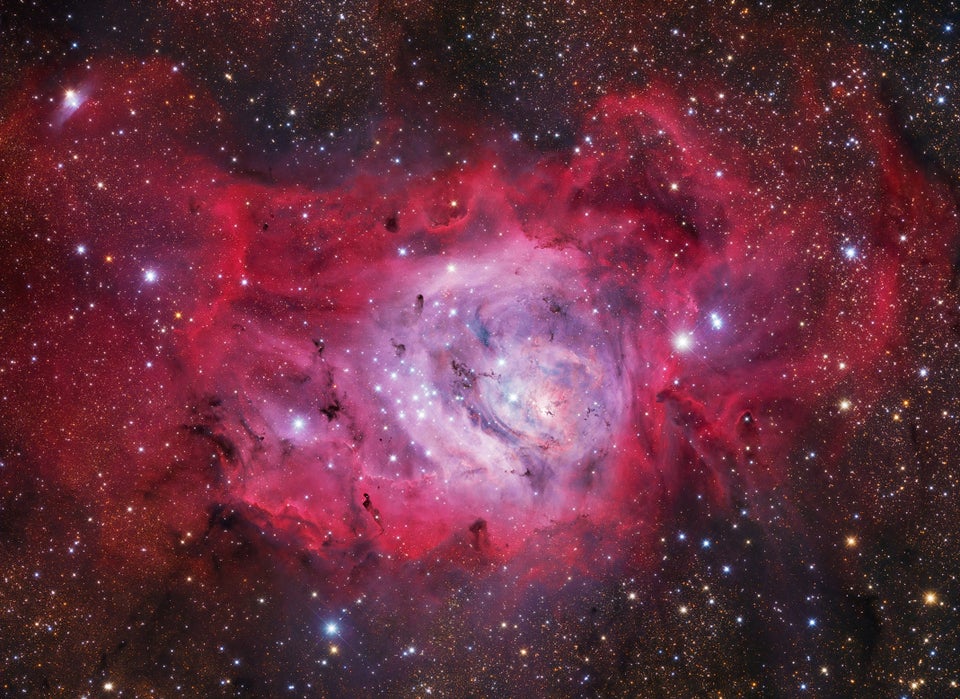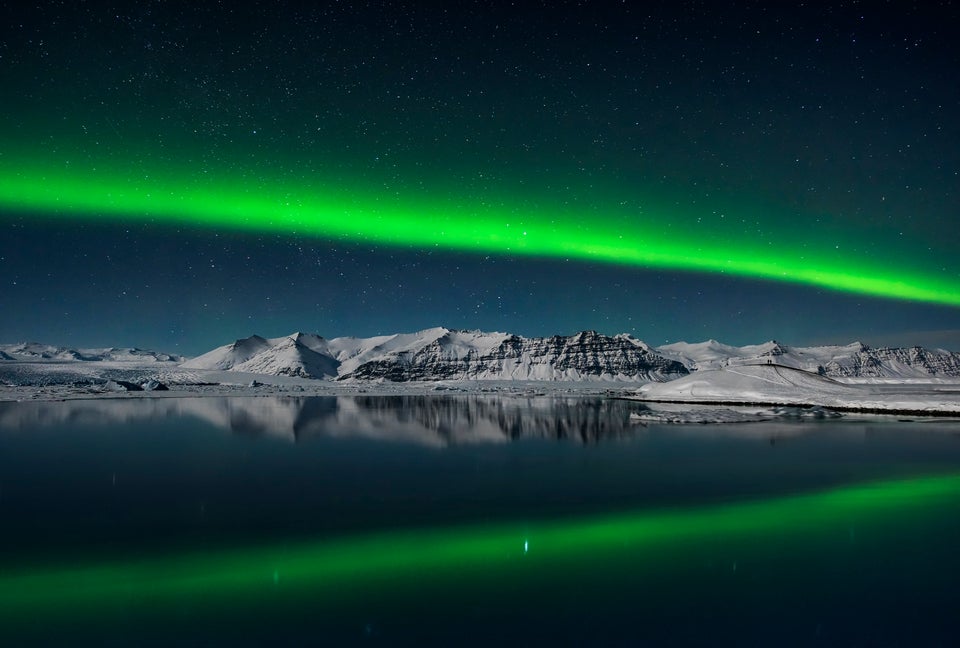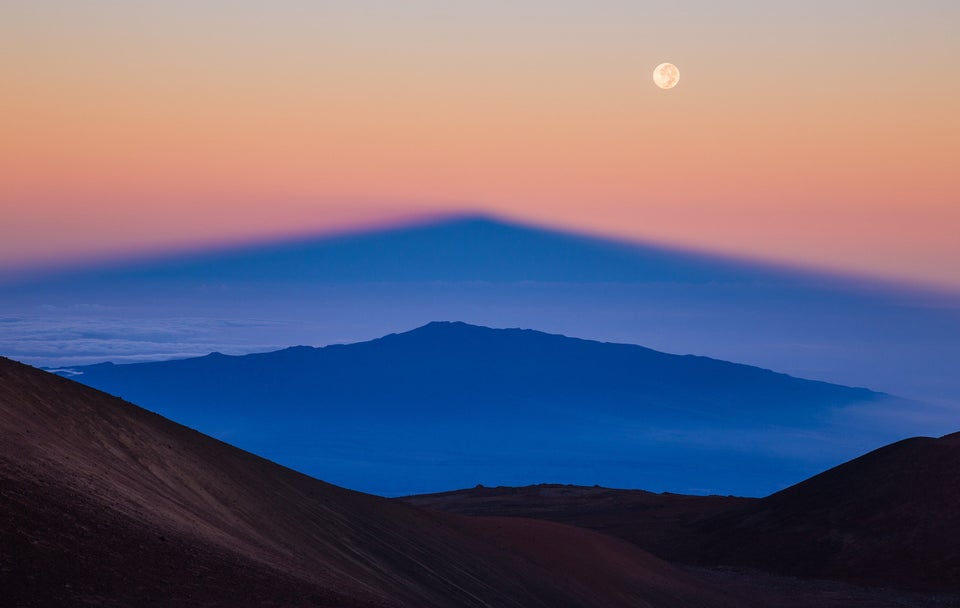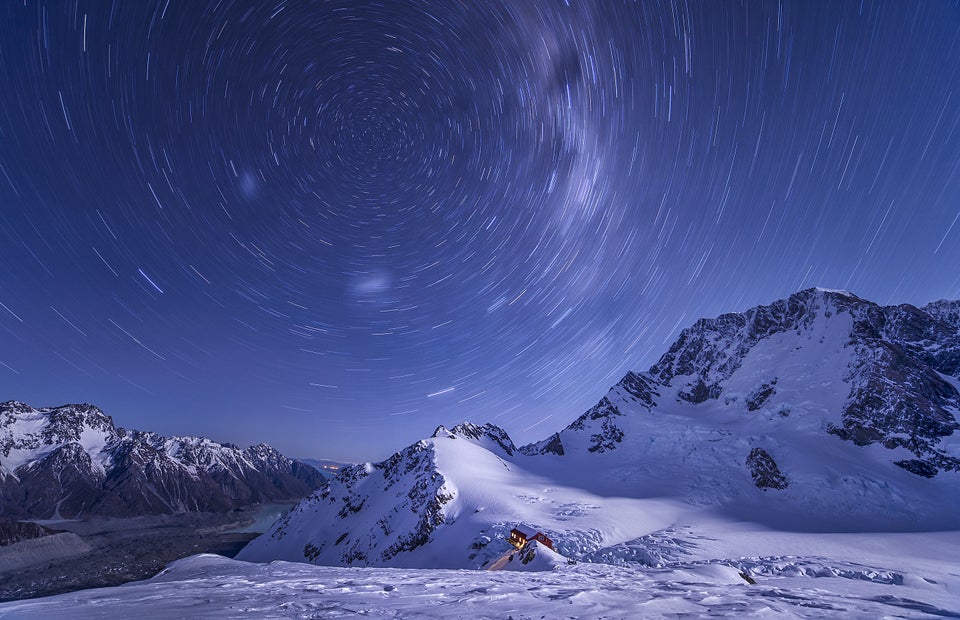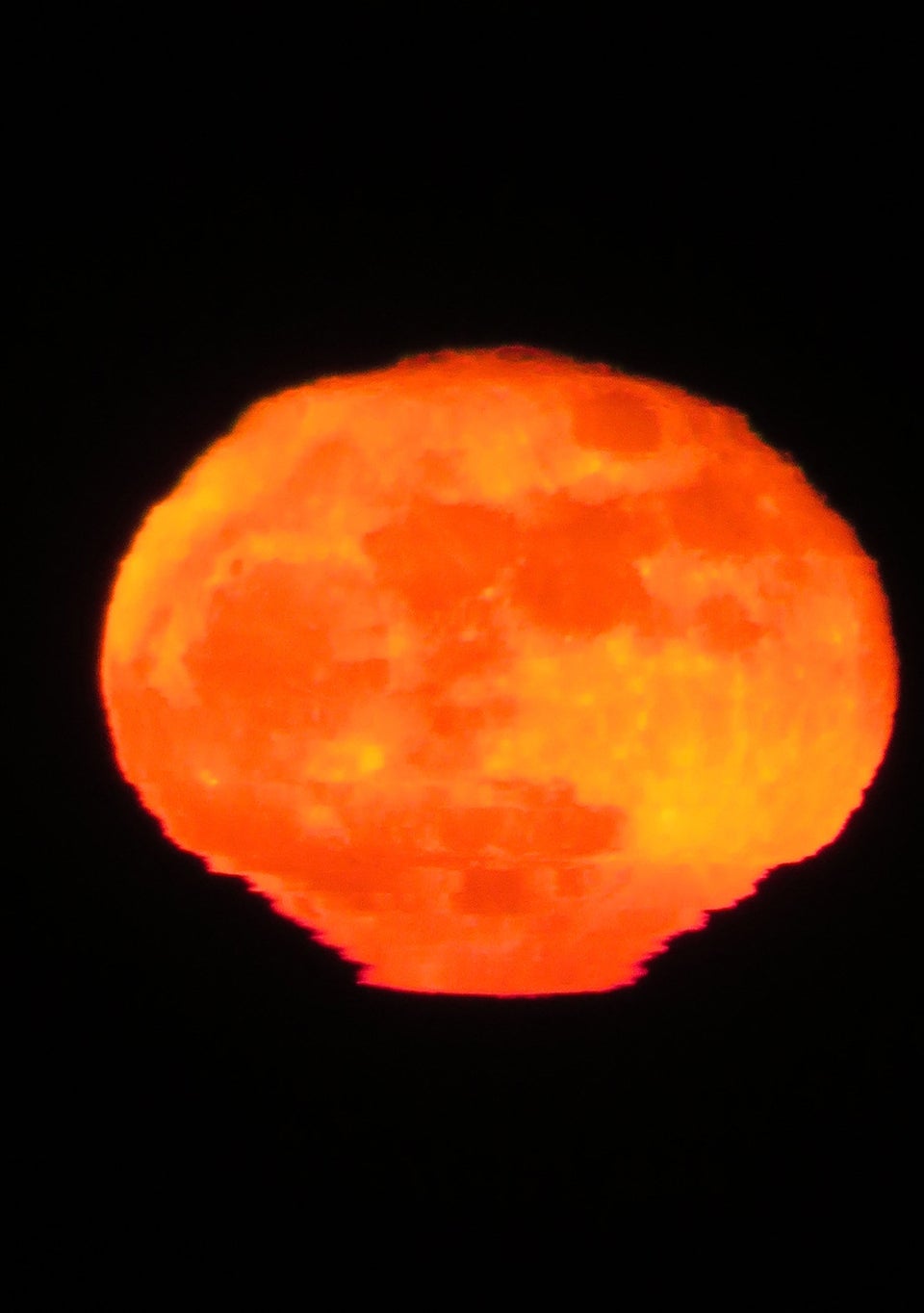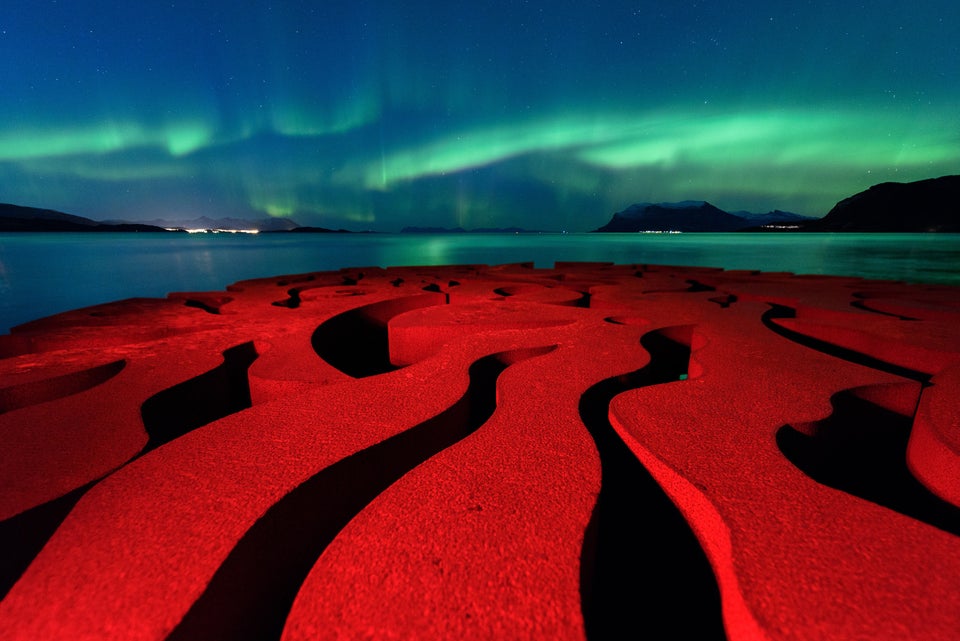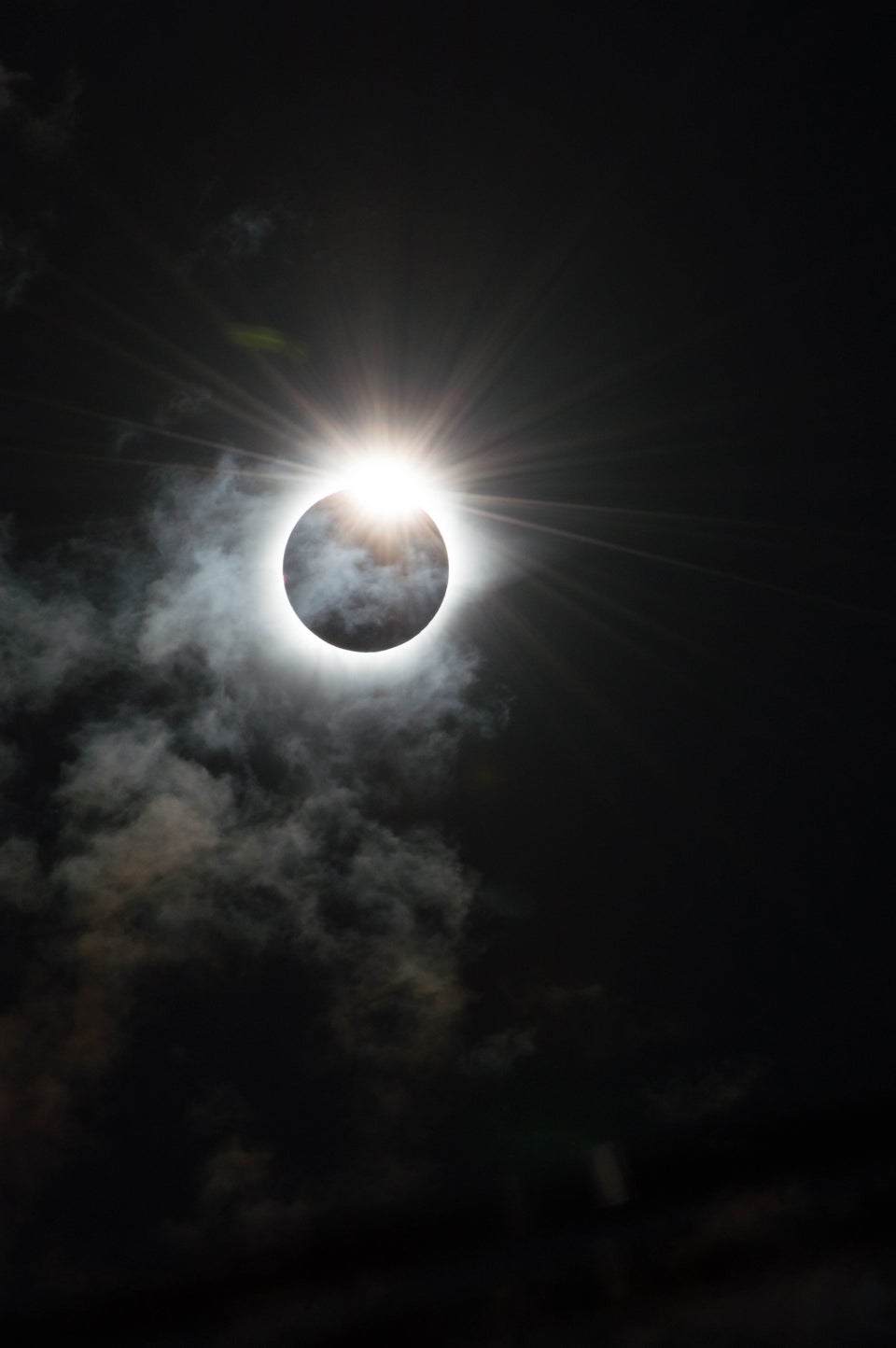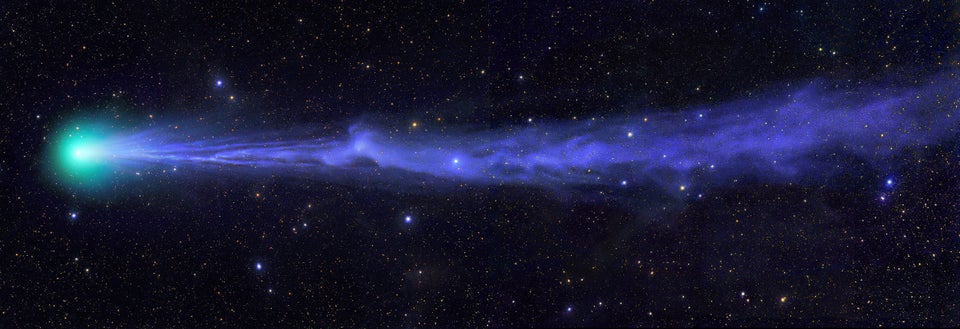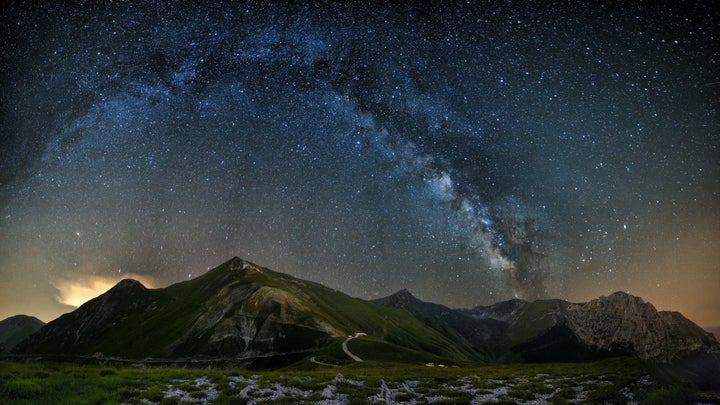
Astronomers claim to have discovered that a vast region of our galaxy is devoid of young stars in a groundbreaking study which promises to redefine our understanding of the Milky Way.
Scientists at the University of Tokyo believe the Extreme Inner Disk has seen no new stars for hundreds of millions of years.
The region begins just 150 light years from the galaxy’s centre but spans nearly 8,000 light years, the scientists claim.
Researchers were attempting to measure the distribution of stars within the Milky Way when they say they made the discovery.
“Our conclusions are contrary to other recent work, but in line with the work of radio astronomers who see no new stars being born in this desert,” said co-author Michael Feast.

Locating stars is pivotal to astronomers’ understanding of how the galaxy formed and developed – and a particular type of young star is key to their work.
Cepheids, aged between 10 and 300 million years’ old, pulsate in a cycle that is linked to their luminosity, enabling astronomers to judge their distance from Earth by comparing their actual brightness to the strength of light seen from our planet.
But the interstellar dust that litters our universe makes it difficult for astronomers to spot Cepheids in the inner Milky Way.
The scientists used near-infrared observations made with a telescope in South Africa to see beyond the dust, but they found almost no Cepheids in the Extreme Inner Disk.
Tokyo University’s Professor Noriyuki Matsunaga, who led the study, said: “We already found some while ago that there are Cepheids in the central heart of our Milky Way (in a region about 150 light years in radius). Now we find that outside this there is a huge Cepheid desert extending out to 8,000 light years from the centre.”
The research was published in the Monthly Notices of the Royal Astronomical Society.
Astronomy Photographer of the Year Shortlist 2016


